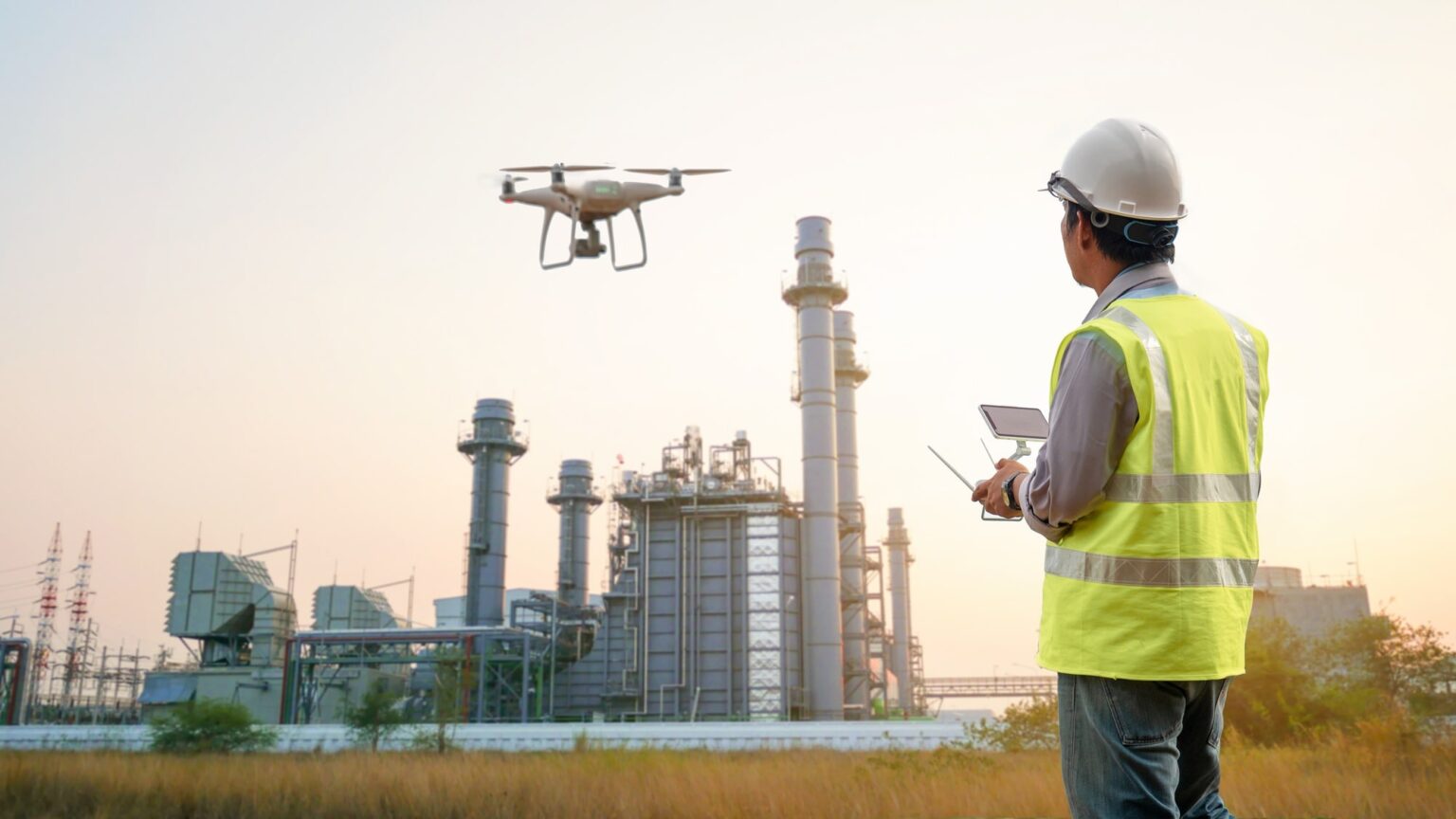Drone-based inspection and maintenance is a rapidly growing application of unmanned aerial vehicles (UAVs) that is revolutionizing the way infrastructure is monitored and maintained. Drones equipped with cameras, sensors, and imaging technology can provide detailed visual inspections of various infrastructure assets, including buildings, bridges, power lines, pipelines, and more. This technology offers numerous benefits in terms of safety, efficiency, and cost-effectiveness.
-
Improved safety: Drone-based inspections eliminate or reduce the need for personnel to physically access hazardous or hard-to-reach areas. Drones can easily navigate complex structures, high elevations, or confined spaces, reducing the risks associated with traditional inspection methods. By minimizing human exposure to potential hazards, safety is significantly enhanced.
-
Enhanced efficiency and speed: Drones can rapidly collect high-resolution imagery and data from multiple angles and viewpoints, providing a comprehensive view of the infrastructure. This enables faster inspection processes compared to manual methods, which often require scaffolding or specialized equipment. Drones can cover large areas quickly, reducing the time and resources required for inspections.
-
Cost-effectiveness: Drone-based inspections can significantly reduce costs associated with traditional inspection methods. They eliminate the need for expensive equipment, scaffolding, or hiring specialized personnel. Drones require minimal maintenance and have lower operational costs compared to manned aircraft or ground-based inspection teams.
-
High-quality data and analytics: Drones equipped with advanced sensors and imaging technology can capture accurate and high-resolution data, enabling detailed analysis and assessment of infrastructure conditions. This data can be processed using computer vision, artificial intelligence, and data analytics techniques to identify defects, measure structural integrity, and detect anomalies or changes over time.
-
Proactive maintenance and asset management: Regular drone-based inspections allow for early detection of issues, enabling proactive maintenance and timely repairs. By identifying problems early on, asset owners can prevent costly damages, extend the lifespan of infrastructure assets, and optimize maintenance schedules.
-
Documentation and record-keeping: Drone-based inspections provide a visual record of infrastructure conditions, documenting the asset’s state at a specific point in time. This documentation can be useful for compliance purposes, insurance claims, or future reference during maintenance or renovation projects.
Drone-based inspection and maintenance is being widely adopted in industries such as construction, oil and gas, utilities, transportation, and infrastructure management. As technology advances, drones are being equipped with additional capabilities like thermal imaging, LiDAR, and gas detection sensors, further enhancing their applications in infrastructure monitoring and maintenance.



